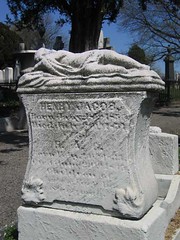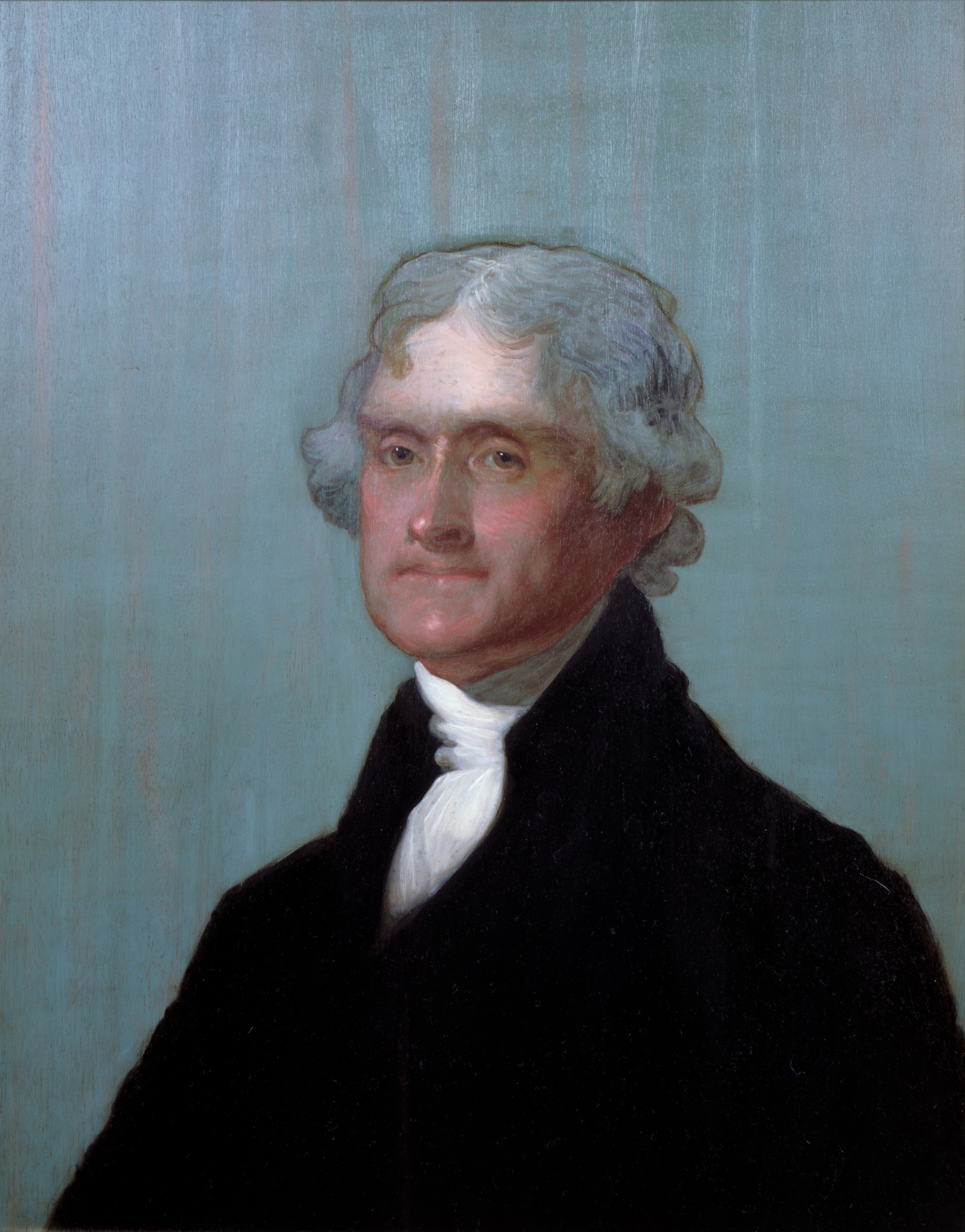Cram Sessions 03: Sound Politics
This naïveté is rife in the rhetoric of the exhibition, where Ultra-red worries that AIDS activists have grown lax in their efforts to marshall support for fighting the disease: they long for the salad days of ACT UP where "radicalized, anarchistic formal strategies" were deployed in the trenches. Can real and constructive gains mean that activists have mistakenly used tactics on behalf of "the articulation of liberal demands"? (Rhine is less than rigorous, invoking the "proven" specter of sonic weapons as a motivation for the shopworn tactic of using sound to reclaim public space: I say that large demonstrations have lost their punch, having been effectively deployed by civil rights and antiwar activists in the 1960s, but to decaying effect since then.)
And then there's the continuing CS tradition of shambling installation (hailed by Gadi Dechter's review in the City Paper), which must frustrate hopes for front-forming: six of Renée Green's seven listening stations are outfitted with a single pair of headphones, not that the subjects' rambling pronouncements are focused enough to inspire (her defensive remarks on the topic of mixing the anti-globalization conversations with electronic music are way off the mark, too: the music highlights the lack of focus rather than competing with any message). Green claims that her piece "decenters Western thought" and opens up "diverse forms of pleasure and 'structures' of feeling." (Emphatically yes, and most definitely no.) The Red Crayola video piece wasn't operational during last Saturday's visit; program remarks illustrate that the Art and Language allies don't have an idea how to describe their work (and member Mayo Thompson seems to ascribe all cultural chaos from the 1970s to A&L's handiwork).
In the end, though, Gilbert and company can never come to terms with the primary paradox of the "potential" for the political uses of sound: while they note the characteristics of the medium's ease, low-cost, and "intellectual and affective investment," they shy away from pop music, its most powerful form. (To Gilbert's credit, he notes that Adorno was long flummoxed by the dynamics of pop.) And this—Henri Lefebvre is said to believe that "theorization is now part of and necessary accompaniment to listening"—is crippling, when "sound's customarily depoliticized condition" is characterized as "wallpaper or entertainment." Sigh.
Labels: politics















































































